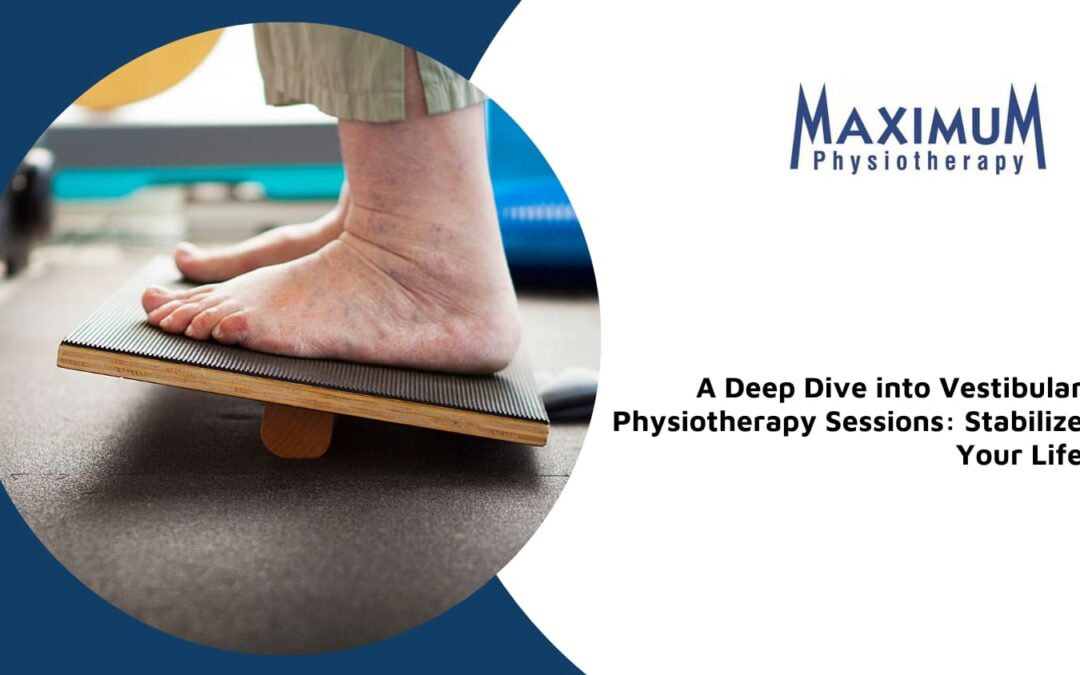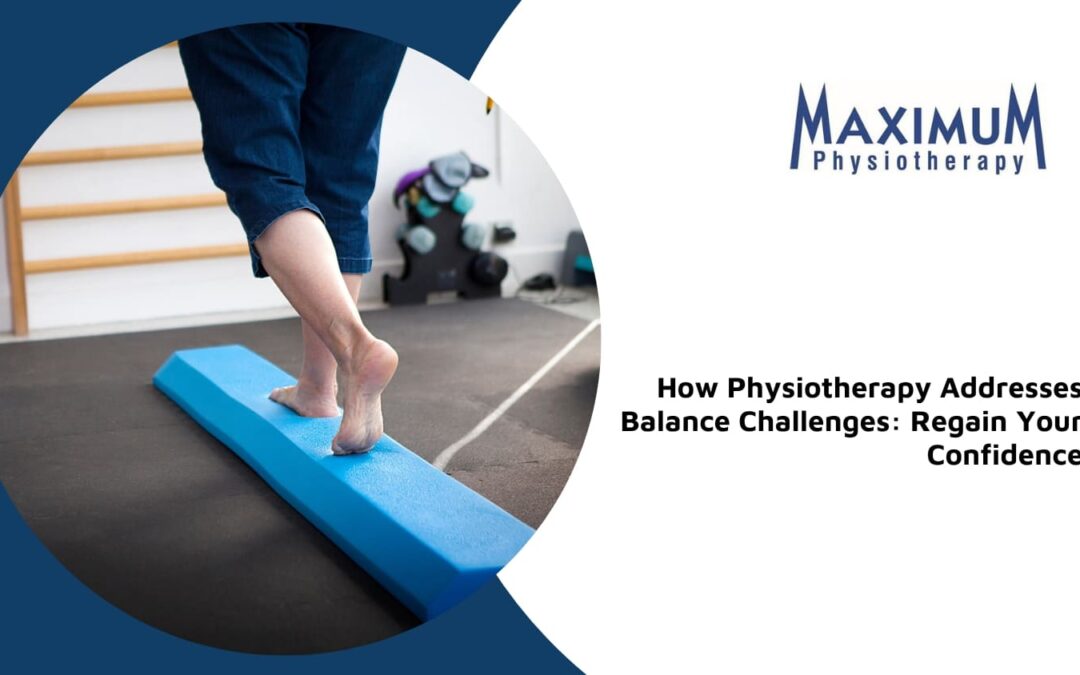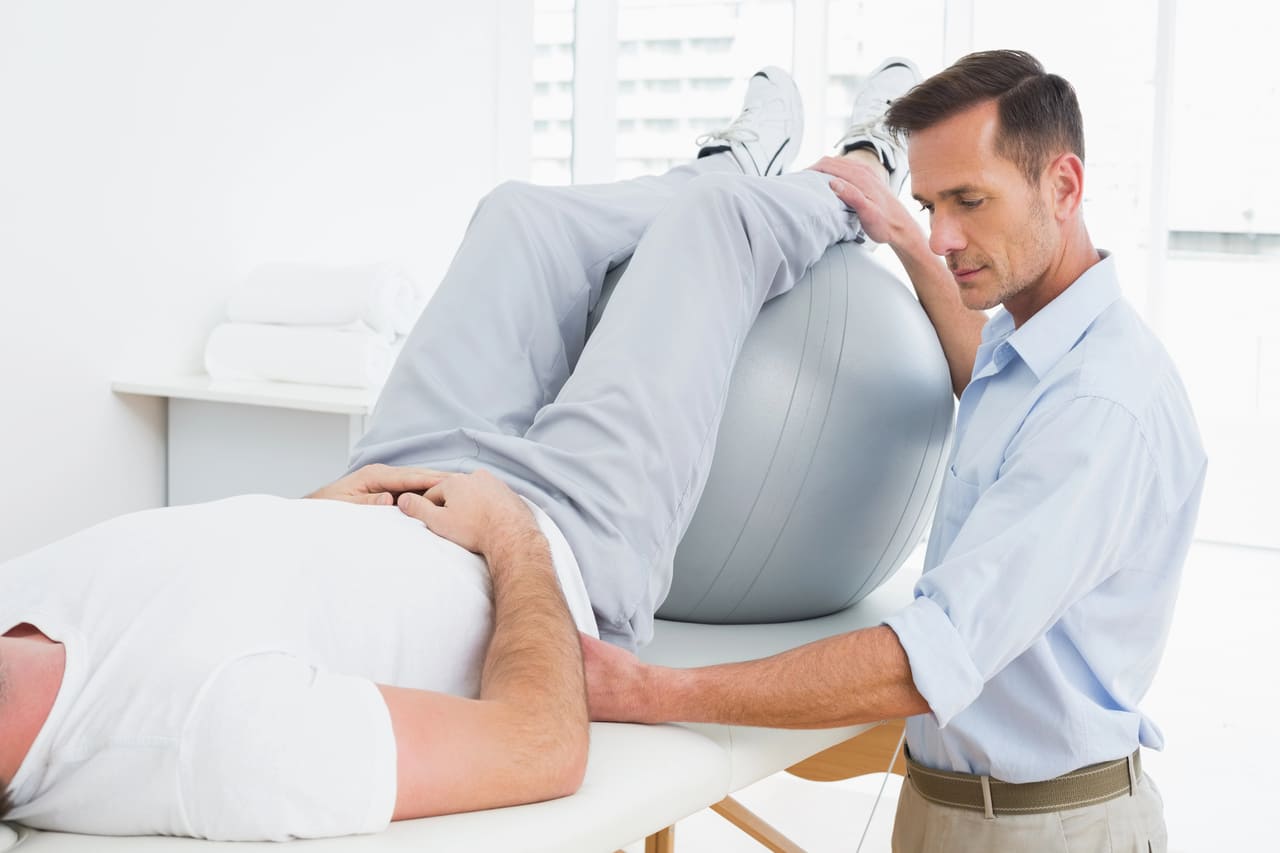
A Deep Dive into Vestibular Physiotherapy Sessions: Stabilize Your Life

Vestibular physiotherapy is a specialized form of rehabilitation aimed at alleviating symptoms related to balance disorders, dizziness, and vertigo. Often, individuals experiencing these issues may find daily activities challenging and seek professional help to improve their balance and overall health. Vestibular physiotherapy provides tailored exercises and strategies to better manage these conditions. In this blog, we will explore what to expect during vestibular physiotherapy, how to prepare for sessions, potential side effects, session duration, and much more to guide you through a successful rehabilitation journey.
What Happens During Your First Vestibular Physiotherapy Session?
Your first vestibular physiotherapy session begins with a detailed evaluation aimed at understanding your symptoms, medical history, and daily challenges. The physiotherapist will talk with you about when your symptoms occur, what triggers them, and how they affect your balance or vision. You’ll likely complete a series of balance assessments to determine how well you can maintain stability while standing or moving. These exercises help the therapist pinpoint specific areas that require targeted training.
Another key part of the session involves assessing your eye movements. This helps reveal whether your vestibular system—the inner ear structures responsible for balance—is contributing to issues such as dizziness, unsteadiness, or blurred vision. By combining the findings from both the balance and eye movement evaluations, your physiotherapist can design a customized treatment plan focused on restoring your stability, reducing dizziness, and helping you regain confidence in your daily activities.
How Should You Prepare For A Vestibular Physiotherapy Appointment?
Knowing how to prepare for your first vestibular physiotherapy appointment will help you navigate the session with confidence and provide your physiotherapist with all the information they need to design a customized treatment plan. Here are some essential things to keep in mind:
- Gather Medical Information: Bring any relevant medical records, including previous assessments or treatments related to your condition. This information helps the physiotherapist understand your history and tailor the session accordingly.
- Wear Comfortable Clothes: Dress in comfortable, loose-fitting clothing that allows you to move freely. This is important for performing exercises during the session.
- Note Your Symptoms: Keep a diary of your symptoms, noting their frequency, duration, and any triggering factors. This can provide valuable insights to the physiotherapist and help in crafting a precise treatment plan.
- List Medications: Prepare a list of any medications you are currently taking. Some medications can affect balance and may be relevant to your treatment plan.
- Understand Your Goals: Reflect on what you hope to achieve through physiotherapy. Clear goals can guide the treatment process and ensure your expectations align with the therapy.
- Prepare Questions: Write down any questions you may have about the therapy or your condition. This ensures you address all your concerns during the session.
- Hydrate and Rest: Ensure you are well-hydrated and rested before your appointment. Proper hydration and rest can influence your balance and overall performance during exercises.
- Arrive Early: Arriving a few minutes early can give you time to relax and mentally prepare for the session.
Is Vestibular Physiotherapy Painful Or Uncomfortable?
Vestibular physiotherapy is generally not painful, though some individuals may experience discomfort due to symptoms like dizziness or nausea during certain exercises. These sensations are often temporary and can be vital for the success of the therapy, as they help in retraining the vestibular system. The physiotherapist will carefully monitor your reactions and adjust exercises as needed to ensure a balance between challenge and comfort. During the sessions, you may engage in activities that provoke symptoms to some extent, which is a part of the therapeutic process. Exercises might involve head movements or balance challenges designed to stimulate adaptation and compensation by the central nervous system.
It’s important to communicate with your physiotherapist about any discomfort experienced. The goal is to gradually build tolerance and enhance your balance and coordination over time. While mild discomfort may occur, it is managed carefully to ensure it remains within a tolerable range, and your safety and comfort are prioritized throughout.
Are There Any Side Effects After Vestibular Physiotherapy?
Some individuals may experience mild side effects after vestibular physiotherapy, such as temporary dizziness, headache, or fatigue. These effects are usually short-lived and a normal part of the adaptation process. Understanding these potential side effects can help you prepare for your sessions.
|
Experiencing temporary dizziness after exercises is common as your body adjusts to the therapy. It typically subsides as you progress with the treatment. |
|
|
Headache |
Some people may develop headaches due to the exercises or the concentration required during sessions. Staying hydrated and resting can help alleviate these symptoms. |
|
Fatigue |
Fatigue is a common side effect as the therapy can be physically and mentally demanding. Ensure you rest adequately after each session to allow your body to recover. |
|
Nausea |
Nausea may occur, especially if exercises trigger dizziness. Inform your physiotherapist if this happens, as they can adjust the exercises to reduce severity. |
|
Balance Fluctuations |
Temporary fluctuations in balance can occur as your body adapts to new exercises. These should stabilize as you continue with therapy. |
|
Emotional Responses |
The stress of dealing with symptoms and therapy can lead to emotional responses such as frustration or anxiety. Discuss these feelings with your physiotherapist for support. |
|
Muscle Soreness |
Exercises may lead to mild muscle soreness, particularly if you are using muscles that have been underused. This soreness is generally temporary. |
Communicating any concerns with your physiotherapist can help manage these effects effectively.
How Many Vestibular Physiotherapy Sessions Do You Need To See Results?
The number of vestibular physiotherapy sessions required to see results can vary greatly depending on the individual and the severity of their condition. Most people notice improvements within a few sessions, but a complete course of treatment may range from several weeks to a few months. Factors such as the type and duration of symptoms, adherence to home exercises, and individual response to therapy all influence the timeline.
Typically, a physiotherapist will assess your progress regularly and may adjust the treatment plan to optimize results. Sessions are often scheduled weekly, allowing for consistent monitoring and adaptation of exercises. For some, noticeable improvements in balance and reduction in dizziness may occur quickly, while others may require a more extended period. Additionally, individuals who diligently follow prescribed exercises at home often experience more rapid progress.
What Should You Do After A Vestibular Physiotherapy Session?
After a vestibular physiotherapy session, it’s important to follow your physiotherapist’s advice, practice prescribed exercises at home, and rest as needed. These actions are crucial for reinforcing the benefits of the therapy and preventing symptom exacerbation.
- Follow Home Exercises: Adhering to prescribed home exercises is essential for reinforcing the benefits of therapy. These exercises help maintain progress between sessions.
- Rest Adequately: Allow yourself time to rest after each session. Adequate rest can help your body recover and adapt to the exercises performed.
- Stay Hydrated: Drink plenty of water to stay hydrated, which can aid in reducing dizziness and fatigue.
- Monitor Symptoms: Keep track of any changes in your symptoms. This information can be valuable for your next session and helps the physiotherapist adjust your treatment plan.
- Avoid Triggers: Be mindful of activities or environments that may trigger your symptoms. Gradually reintroducing these in controlled settings can be part of the recovery process.
- Communicate with Your Physiotherapist: Inform your physiotherapist of any new or worsening symptoms. Open communication ensures your treatment remains effective and safe.
- Maintain a Balanced Diet: Proper nutrition can support your overall health and recovery. Ensure you are eating a balanced diet rich in nutrients.
- Practice Relaxation Techniques: Stress management can be beneficial, so consider incorporating relaxation techniques such as deep breathing or meditation.
What Questions Should You Ask Your Vestibular Physiotherapist Before Starting Treatment?
Before starting treatment, it’s crucial to ask your vestibular physiotherapist about their approach, the expected timeline for improvements, and any specific exercises you will perform. These questions can help you understand the process and set realistic expectations.
- What Is Your Experience with Vestibular Conditions? Understanding your physiotherapist’s experience can provide confidence in their ability to manage your condition effectively.
- What Exercises Will I Be Doing? Knowing the types of exercises you will perform helps you mentally prepare and understand their purpose in your recovery.
- How Long Before I See Improvements? Asking about the expected timeline for improvements can help set realistic expectations and keep you motivated.
- What Can I Do at Home to Support My Recovery? Inquire about home exercises or lifestyle changes that can enhance the therapy’s effectiveness.
- Are There Any Activities I Should Avoid? Knowing what activities or movements to avoid can prevent symptom exacerbation and support your recovery.
- What Should I Expect During Sessions? Understanding the structure of the sessions helps you prepare and ensures you are comfortable with the process.
- How Will Progress Be Measured? Learning how your progress will be evaluated can keep you informed and engaged in your recovery journey.
- What Are the Potential Side Effects? Being aware of possible side effects allows you to anticipate and manage them effectively.
Treatment Customized to Your Needs
Vestibular physiotherapy offers a structured and effective approach to managing balance disorders, dizziness, and vertigo. By understanding what to expect from sessions, preparing adequately, and following through with home exercises, individuals can significantly improve their symptoms and quality of life.
If you need personalized support for vestibular issues, book an appointment with Maximum by Body ‘n Balance Physio in Collingwood. Our dedicated team is ready to guide you on your path to better health and well-being.
Frequently Asked Questions
What Are Common Vestibular Disorders Treated with Physiotherapy?
Common vestibular disorders treated with physiotherapy include benign paroxysmal positional vertigo (BPPV), vestibular neuritis, and labyrinthitis. These conditions often cause symptoms like dizziness and balance issues.
Can Vestibular Physiotherapy Help with Motion Sickness?
Yes, vestibular physiotherapy can help reduce motion sickness by retraining the vestibular system through specific exercises that improve balance and coordination.
How Can I Tell If Vestibular Physiotherapy Is Working?
Improvement in symptoms such as reduced dizziness, better balance, and increased ability to perform daily activities are indicators that vestibular physiotherapy is working.
Do I Need a Referral for Vestibular Physiotherapy?
While a referral is not always required, it may be beneficial to have one from a healthcare provider to ensure comprehensive care and coordination between practitioners.











Recent Comments